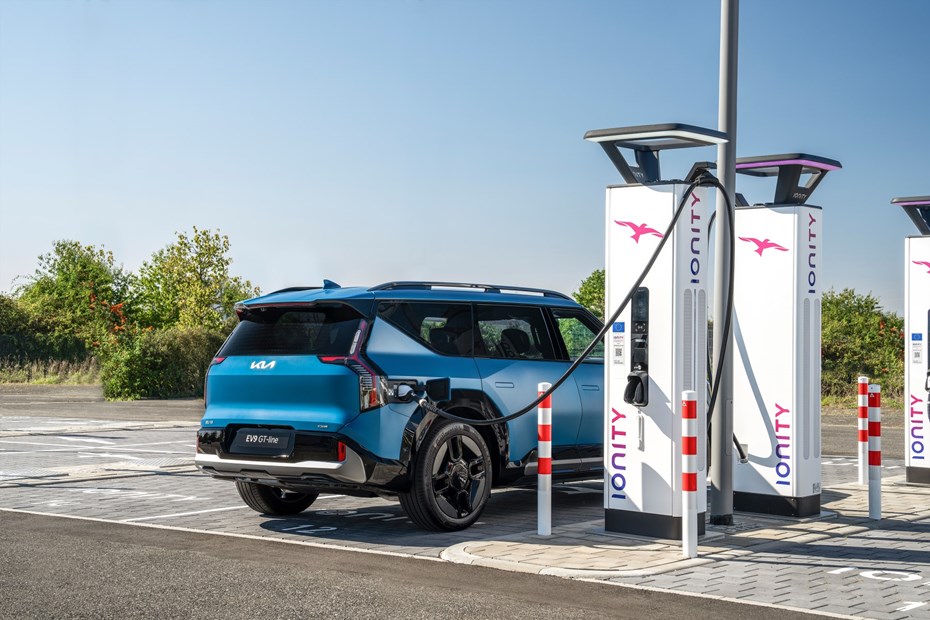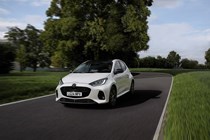One of the most important things to think about when you’re buying a car, whether it’s new or used, is how much it will cost you beyond the simple asking price. Car running costs aren’t always crystal clear and there are many things you need to look into to get a full picture.
While there are a lot of different aspects to a car’s running costs, each one isn’t that complicated in itself. In this article, we’ll look at all the most important things to consider when working out long-term costs in a straightforward, easy-to-understand way.
We’ll start with fuel costs, which are the most obvious but not the easiest to calculate, then look at tax, insurance, resale costs and budgeting for maintenance and repairs. Then we’ll take a look at how you can keep your car running costs low even if you’re not buying a new car by taking actions to improve your current car’s efficiency.

How much will fuel cost?
Fuel economy is usually the most important thing to consider when calculating a potential new car’s running costs. You can work out fuel economy over a single trip, a weekly average or anything else – it’s just how much fuel the car uses, whether that’s petrol, diesel or electricity. We’ll cover electric cars in the next section.
Let’s say you want to work out how much money you’ll spend on fuel in an average year. The first thing you need is how many miles you usually drive. You can estimate this using your car’s history: look up its MoT history online to see the mileage at each test. Add up the total mileage during your ownership and divide it by the number of years you’ve owned the car.
If you’re not sure, look up your daily commute online and multiply it by the number of times you’ll do it in a year. Everyone does different mileage, so it’ll be different for everyone – the average in the UK is from about 7,000 to 12,000 miles a year.
You can then look up your next car’s miles per gallon, which you can find in the car’s Parkers review. The one you need is the combined average economy, which most closely reflects real-world driving. The current testing procedure, known as WLTP, isn’t always what you should expect in real life. However, since all cars are tested in the same way, it’s a great benchmark to compare cars with. You can look up your current car’s MPG figure and compare it to what you actually get to see how much it’s likely to be different.

Having found those two numbers, simply divide your annual mileage by the car’s average fuel economy to see how many gallons of fuel you’ll use in a year.
Then you need to work out how much that fuel will cost. It’s tricky because the price of fuel has been fluctuating significantly of late but use the current average fuel price as a guide. Fuel is priced per litre, so times it by 4.546 to get the price per gallon.
Here’s an example of what the calculation would look like:
12,500 miles ÷ 45.5mpg = 274.7 gallons of fuel used
£1.40 per litre x 4.546 = £6.36 per gallon
274.4 gallons x £6.36 per gallon = £1,745.18 annual fuel cost
There are ways you can lower fuel costs, for instance practicing a more fuel efficient driving style. Or you could get one of the most economical cars on the market.

Is it cheaper to switch to an electric car?
You might be considering the switch from petrol or diesel to an electric car to reduce your car running costs. It’s true that charging an EV’s battery at home is cheaper than filling up with liquid fuel, particularly for those with an electricity tariff designed for EV owners.
Using public chargers is more expensive, though. In some cases, it can cost as much as, or even more than, an equivalent amount of fuel. These chargers are useful for a quick top-up, but would make any EV expensive to run if you used them exclusively.
If you can mostly charge at home or intend to use a single public charger provider, the process for working out the annual cost of charging an electric car is broadly the same as for fuel. The numbers you need are your annual average mileage, the electric car’s average miles per kilowatt hour (mpkWh) efficiency and the cost per kilowatt hour you’ll be paying for electricity.

So, if you do 12,000 miles per year in an EV that averages 3.5 mpkWh, it’ll get through 3,428.6kW of electricity. At a cost of 22.36p per kWh (the UK average for domestic electricity), you’ll spend £766.63 charging it up.
That’s a significant potential saving over an equivalent amount of petrol or diesel. However, it has to be offset against the higher cash price you’ll pay, or monthly payment you’ll make, for an EV. It could take years for the savings to add up.
Don’t forget that electric cars don’t work for people who drive a lot of miles each day, as rapid chargers are pricey and take longer than filling up. A diesel would be more appropriate for those drivers, as they are most economical on long motorway trips.
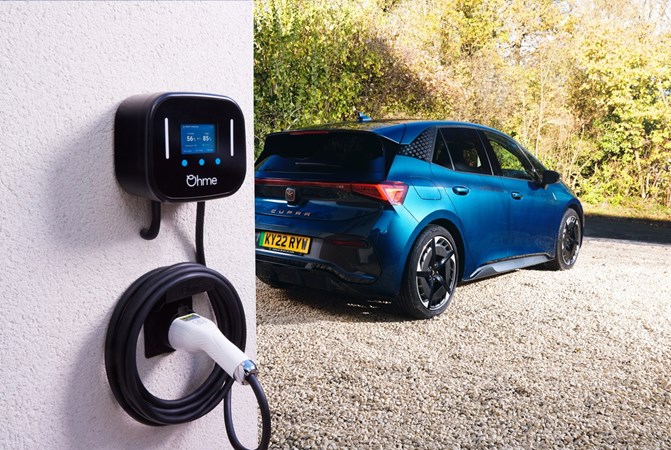
How much will your car tax cost?
You have to pay road tax – also known as vehicle excise duty – for your car every year, and that cost should be factored into annual running costs.
There are several pricing structures in place that apply to cars of different ages. The structure that currently applies to brand new cars was introduced in 2017; the prices were updated in 2024.
When you buy a brand new car, you also have to pay the ‘first year’ VED. It’s based on the car’s CO2 emissions and ranges from £0 for an electric car up to £2,800 for the most polluting cars. It’s all included in the car’s list price, so you don’t have to pay it separately.
From the car’s first birthday (or year two, as it’s technically known) you pay a flat rate. VED costs for older cars registered before April 2017 can be lower or higher than the flat rate, depending on exactly what sort of car it is. You can check out the VED rates that apply to any car you’re interested in buying here.
Buying VED is a legal requirement, so you have to pay for it. However, you can reduce the cost by buying a car that incurs a lower fee.
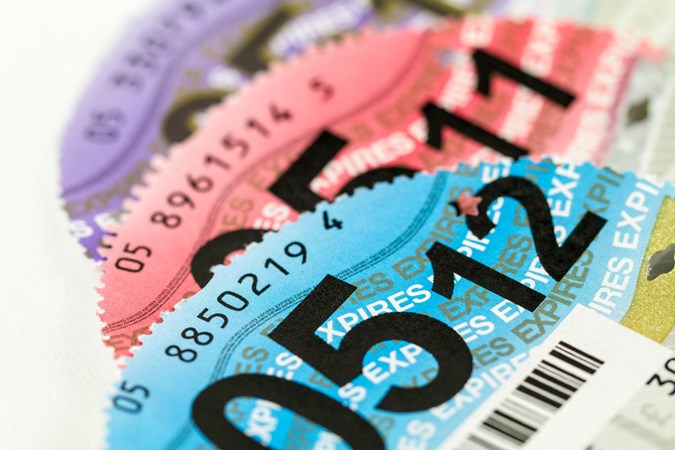
There’s currently no VED to pay on certain electric cars, though that is set to change in 2025. Cars registered from April 2017 that cost more than £40,000 when new (including EVs) incur an extra annual VED charge of £410 per year in years two through six. Cars that emit less than 100g/km of CO2 and were registered between March 2001 and March 2017 are free to tax, as are classic cars more than 40 years old.
You can spread the cost VED by buying it every six months or paying monthly. However, that ends up costing more than buying 12 months’ VED in full. Note that you still need to register the car in the tax system like any other, it just doesn’t cost anything. It’s easiest to do your road tax online.

Compare insurance quotes
Having car insurance is yet another cost that drivers are legally required to bear. Record price rises over the last few years mean the average cost of a fully comprehensive policy is now around £1,000. It’s more important than ever to use a price comparison website to find the lowest-cost deal you can get.
There are ways of reducing premium costs. Young drivers can have their car fitted with a black box. Getting a tracker fitted helps, as well. Increasing the excess can save money, as can changing how you describe your occupation. Getting a car in a low insurance group is an easy win, too.

Ongoing maintenance costs
Maintenance is one of the hardest annual running costs to calculate, because you never know exactly what attention your car will need. But you can at least get an idea.
It’s easy enough if you’re buying or leasing a new car. The vast majority of car manufacturers and leasing companies offer a fixed-price servicing plan as an option. It’ll include all routine servicing and maintenance for a number of years, at a substantial discount. If that’s not available, or you’re buying a used car, ring round some garages and get quotes for a routine service.
You also have to factor in other expenses that may come up, which can often be determined by the car’s mileage. For instance, cambelts typically need replacing every 50,000 to 100,000 miles. Diesels with a manual gearbox usually need a new dual mass flywheel and clutch every 100,000 miles. Tyres generally last about 50,000 miles.
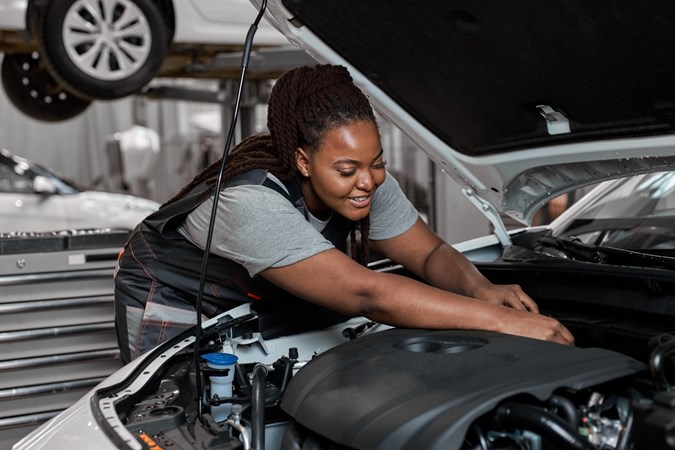
The car’s service schedule notes when bigger jobs are needed; alternatively, a good garage should be able to tell you what’s likely to come up in the near future and how much it’ll cost. Parker’s used car reviews list common faults that might need fixing.
You might consider skipping servicing to save money. However, any money saved now by skipping essential maintenance will be inconsequential if your car’s engine fails as a result of poor maintenance. You’re putting your safety at risk too.
You can reduce garage costs by carrying out your own vehicle health checks and doing basic maintenance tasks, like changing the oil.
Completely unforeseen expenses can crop up, as well, for instance the air conditioning failing. You can mitigate against them by getting an extended warranty for your car. Most car manufacturers offer them on new cars and there are third-party providers like Motoreasy who deal with older cars. Don’t forget about the cost of the annual MoT test, either.

Factoring in your car’s resale value
It’s easy to forget about a car’s depreciation when calculating running costs. But it’s important to remember because it can be the single biggest cost of owning a car.
What do we mean by that? Well, consider that 20% of a car’s list price is VAT, which you lose the instant you take delivery if you’re buying the car outright. After a typical three-year ownership period, a car’s residual value may only be 50% or less of its list price, which add up to a loss of tens of thousands of pounds a year.
That isn’t coming directly out of your pocket, but it is money that you’ll never get back. There are ways of reducing depreciation, though. It’s not so much of an issue if you’re leasing a car, but cars that depreciate a lot generally have higher monthly payments, so it will still be beneficial to choose a car with strong resale values.
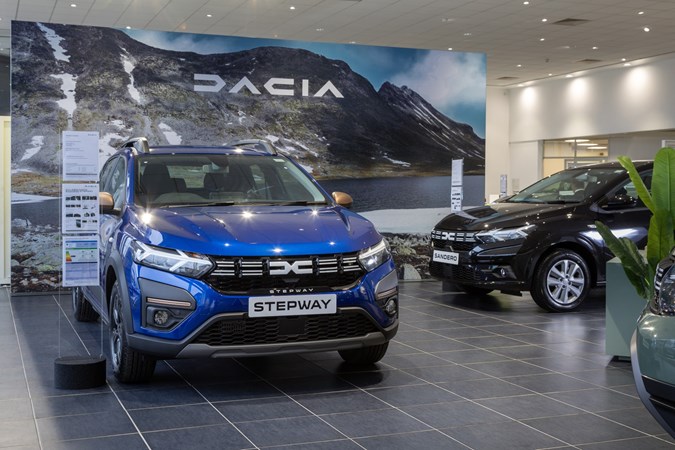
How to lower your car running costs
We’ve covered many of the main ways you can lower your car running costs in this article, but here are some of the key points:
- Buy a car that’s very economical.
- Adopt a more efficient driving style.
- Shop around for insurance and look out for ways to reduce your premium.
- Look for a car that incurs a low road tax charge.
- Get a servicing plan and/or extended warranty for your car, if possible.
- Choose a car with a low rate of depreciation.
How do you calculate the running costs of a car?
Let’s quickly recap all the costs we’ve considered here. They are fuel – or electricity if you have EV – road tax, insurance, maintenance and depreciation. Once you’ve worked out those individual costs, add them all together to get the annual total. It might be quite a scary number but spread out over 12 months it should look more manageable.
What is the average cost of running a car in the UK?
Search this question online and you’ll get quite a wide range of answers from various sources. That’s because each estimate takes different things into account. Fuel costs and garage labour rates vary from place to place, as well, so there can be significant variation in average costs between different regions. At a very rough estimate, budget around £3,000 to £4,000 (excluding depreciation) to run your car per year.

How much does car maintenance cost per year in the UK?
This is a virtually impossible question to answer because there are so many variables. For instance, cars that cover high mileages or are in generally poor condition will incur higher maintenance costs than ones in good condition that live gentle lives. Not even that is set in stone, though: motorway miles cause less wear on an internal combustion engine than around-town miles.
Where you live can have an effect, as well, because local property costs and business rates are a significant factor in a garage’s labour rate. Even within a town, you might get wildly varying quotes from different garages.
Searching online doesn’t provide much clarity, either. You can find sources quoting figures of a few hundred pounds a year, or several thousand. We recommend budgeting around £500 to £1,000 per year for basic servicing and maintenance, but have a contingency in place for any unexpected bills.
Which car brands cost the most to maintain in the UK?
As a rule of thumb, the more expensive a car is to buy, the more it’ll cost to maintain. Exotic sports cars like Ferraris, Aston Martins and McLarens will inevitably rack up large servicing bills throughout their lives, but bills can be high for mainstream models as well.
The cost of basic service starts from around £200 at a main dealer, but the price of any parts that need unexpectedly replacing can really escalate. Electrical sensors, for instance, can cost hundreds of pounds each. If a car’s diesel particulate filter needs replacing, the bill can easily run to four figures.
Just so you know, we may receive a commission or other compensation from the links on this website - read why you should trust us.


